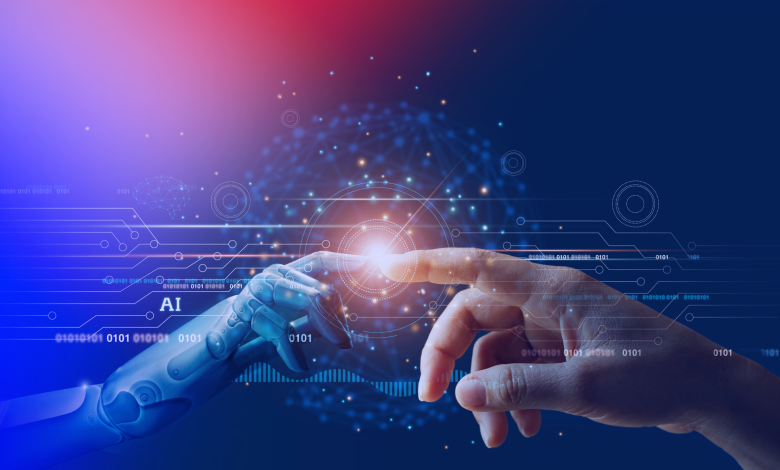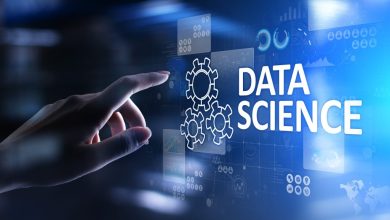
Over the past few years, global supply chains have been under unprecedented distress. Labor shortages, rising costs, geopolitical disruption and shifting customer expectations have exposed the fragility of many traditional supply chain network models. In this environment, business leaders and supply chain practitioners are turning to artificial intelligence (AI) and other emerging technologies to enhance resilience, efficiency and responsiveness across their operations.
Despite all the hype surrounding AI, the most transformative results are emerging from hybrid intelligence. Humans and AI can collaborate to make smarter, faster and more strategic decisions about how supply chain networks are designed, automated and optimized.
The New Complexity of Supply Chains
The modern supply chain is a complex ecosystem. In the U.S., companies are facing increasingly complex challenges, including an aging and shrinking labor pool, inflationary wage pressures, volatile tariffs and rising expectations for e-commerce fulfillment speed. These pressures have pushed supply chain leaders to rethink how their networks are structured and operated.
At the same time, automation technology is advancing quickly. From robotic picking to autonomous forklifts, the range of available tools has exploded. But for many organizations, this abundance has introduced new uncertainty. It is crucial for supply chain leaders to evaluate which solutions deliver a real return on investment (ROI) and how they align with the broader network strategy.
This is where AI is shifting from experimental to essential. Rather than focusing narrowly on automating tasks, AI can be used to assess, model, simulate and continuously optimize entire supply chain networks. This helps leaders understand not just what to automate, but where and why.
From Data to Decisions: AI’s Expanding Role
AI in the supply chain begins with data. Every movement of goods, order and pallet produces a data point to learn from. However, many organizations still struggle with incomplete or siloed datasets. To bridge these gaps, advanced simulation and “digital twin” modeling are emerging as powerful tools.
By creating a virtual replica of a company’s operations, supply chain leaders can test countless “what-if” scenarios before committing capital in the real world. For example, what happens if demand spikes in a single region? How would a new distribution center affect transport costs and service levels? Could automation offset labor shortages or improve utilization?
These simulations can predict outcomes and generate new, high-quality datasets that feed machine-learning models, allowing AI to identify optimal network configurations. Over time, the system becomes more intelligent, transforming each simulation into a feedback loop that sharpens decision-making.
Augmenting Humans, Not Replacing Them
While AI can handle vast amounts of data, the human perspective is irreplaceable. Practitioners with the scars on their arms understand the operational realities that algorithms can’t see, such as the nuances of a warehouse layout, the impact of a supplier delay or the culture of a workforce.
In this hybrid model, AI acts as a force multiplier. Demand planners can use predictive models to improve forecast accuracy, allowing them to focus more on exceptions and strategic initiatives. Network designers can run thousands of automated simulations, then apply judgment to interpret which results are realistic and align with a long-term business strategy.
The goal isn’t to hand the keys to machines, it’s to give humans better dashboards, better foresight and better confidence in the decisions they make.
A Four-Lens Framework for Intelligent Automation
Before investing in automation or redesigning networks, organizations should evaluate every opportunity through these four interdependent lenses:
- Operational: Does the solution actually meet day-to-day functional needs? Can it handle peak volume, variable stock-keeping unit (SKU) mixes or temperature-controlled environments?
- Technical: Is the system proven and reliable? Can it integrate with existing technologies or withstand adverse conditions?
- Strategic: Does the solution align with broader business goals? For example, is it reasonable for a 3PL to invest in automation that has a 10 year payback if their contract for a project is only for three years?
- Commercial: What are the payback periods and total costs of ownership under different scenarios, especially in a world of unpredictable tariffs and shipping costs?
AI and simulation technologies can support each of these lenses. It can model system flexibility, forecast strategic impact, and simulate operational performance before a single piece of equipment is installed.
A Practical Path to AI-Driven Network Optimization
For leaders considering how to integrate AI into their supply chain networks, a structured approach can make the difference between insight and noise, guided by the following considerations:
- Start with the right questions: What problems are you solving? Cost-to-serve? Speed? Resilience? Clear goals guide meaningful modeling.
- Assess and prepare your data: Inventory your existing datasets, fill in any gaps and synthesize them as needed. Even imperfect data can become valuable through simulation.
- Build a digital twin: Model your current network and use AI to test alternative configurations, including locations, automation levels and supplier choices.
- Translate insights into design: Let AI surface optimal scenarios, then validate them through human expertise and stakeholder input.
- Iterate and improve. The network is never static and AI’s most significant advantage is its ability to learn as market conditions evolve.
The Road Ahead: Continuous, Connected Intelligence
The next frontier in supply chain AI is real-time network optimization. As IoT sensors, robotics and edge computing mature, networks will increasingly self-adjust to disruptions by rerouting inventory, reallocating labor or recalibrating automation in response to live data. Ethical AI and governance will play a vital role, ensuring transparency, explainability and human oversight remain at the core.
Ultimately, the most successful organizations will be those that combine digital sophistication with operational credibility. AI may be the engine, but human insight is still the driver.
AI is redefining how supply chains operate, and not by replacing human decision-makers, but by empowering them with deeper visibility, sharper foresight and faster adaptability. When paired with simulation, data discipline and practitioner expertise, AI becomes the connective tissue that holds complex networks together.
In an era of constant disruption, hybrid intelligence isn’t just a competitive advantage, it’s the foundation of a resilient, optimized and future-ready supply chain.




